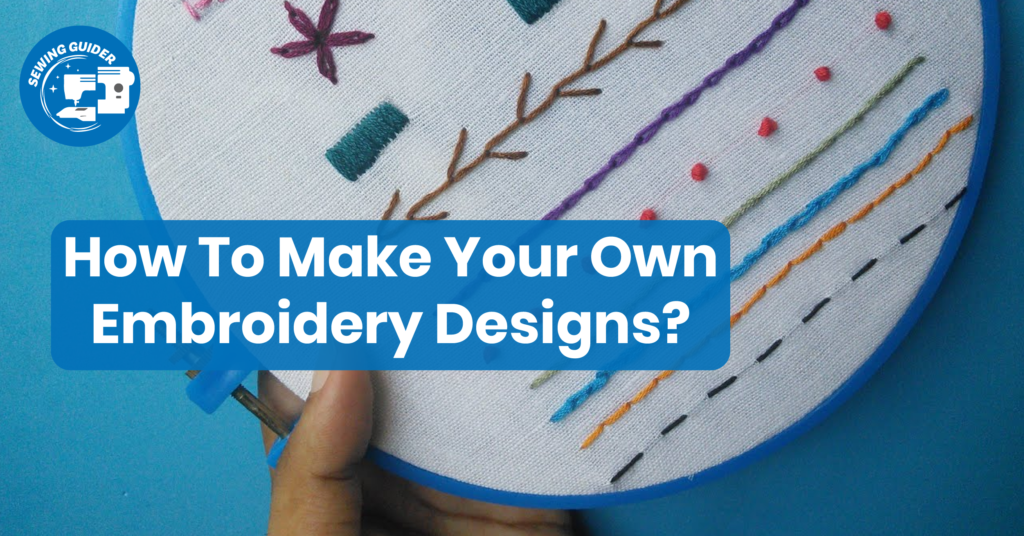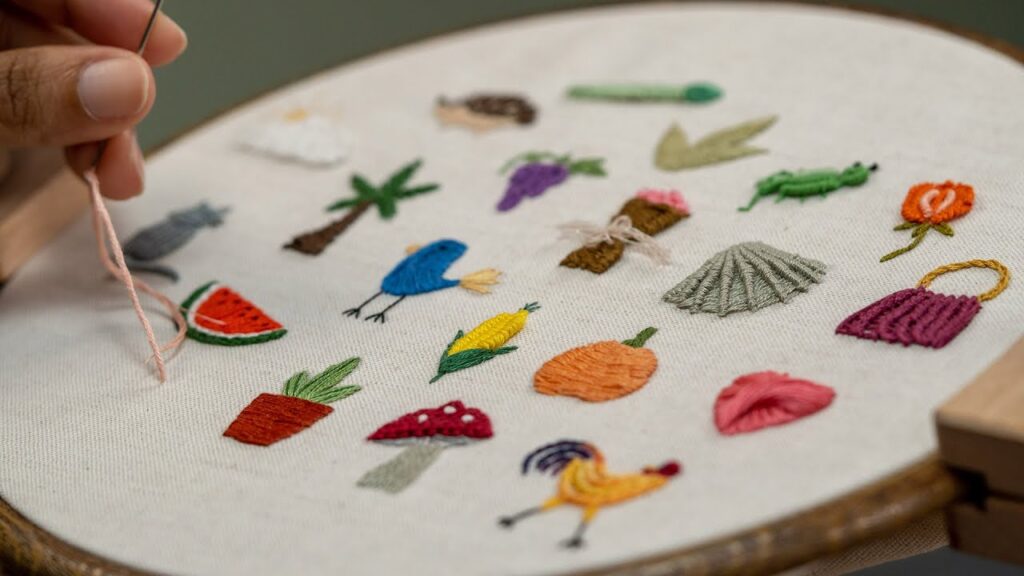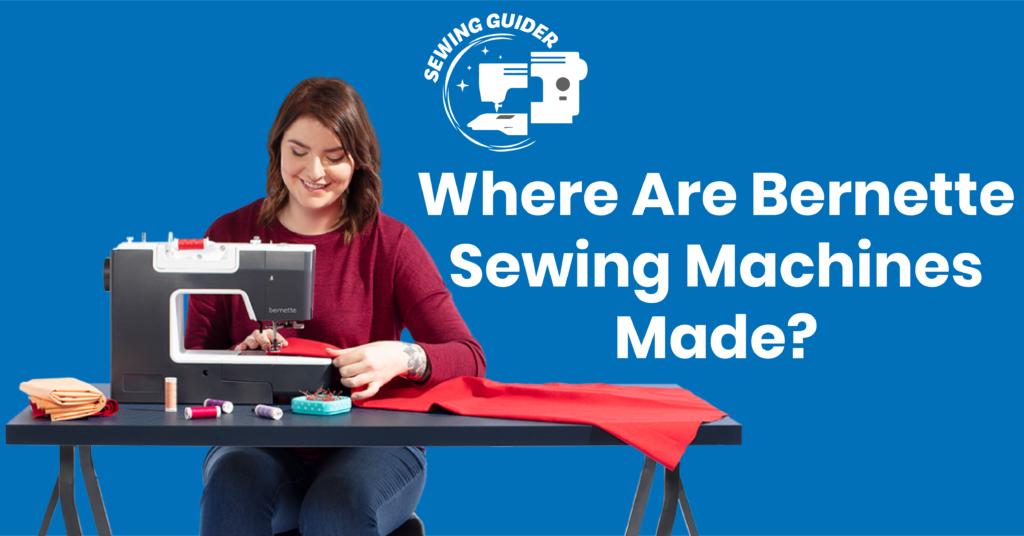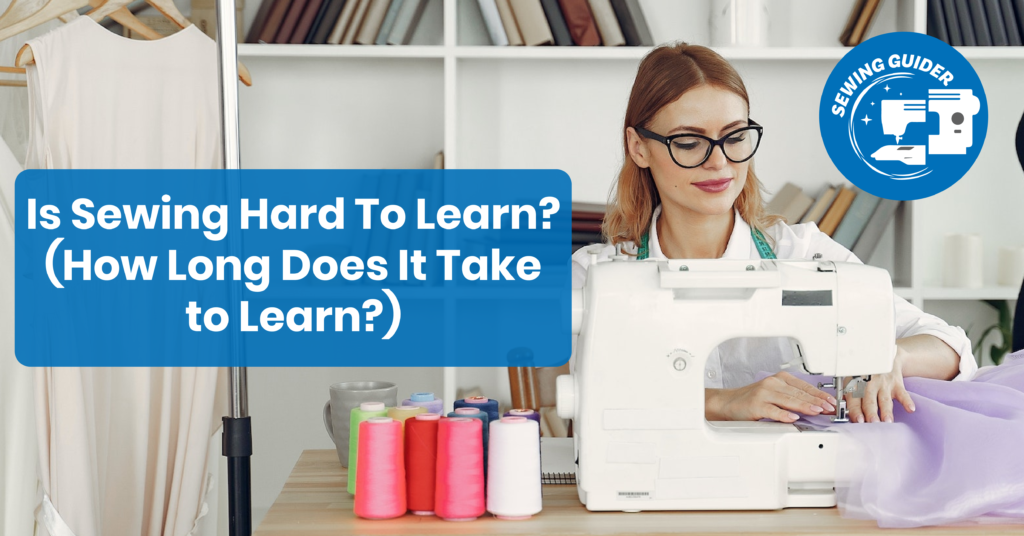Embroidery has been around for centuries and allows you to transform fabric into a canvas where your creativity can shine. You’ve come to the right place if you want to know how to create embroidery design that will captivate and inspire. This guide will walk you through how to create your embroidery designs for 2023.
Understanding Embroidery Design Basics:
It’s essential to understand the basics of embroidery design before you begin. Get to know the different stitches, fabrics, and threads. Also, get familiar with embroidery hoops. Discover different types of embroidery, such as machine and hand embroidery, to see which best suits your skill level and style.
Get Inspired:
Collect inspiration from various sources, such as art, nature, fashion, or experiences. Search online platforms, design magazines, and social media to find resonating ideas.
Select Your Theme:
Decide what the concept or theme of your embroidery is. A theme can be floral, geometric, abstract, or even narrative.
Select Design Software:
Design software is valuable in the digital age. Use graphic design software such as Adobe Illustrator or specialized embroidering software to create your design.
Plan Your Design:
Sketch your design using the software. Consider things like color palettes, composition, and stitch types. The digital planning stage simplifies the embroidery process.
Gather Materials:
Assemble all your embroidery materials, including the fabric, threads and needles, embroidery hoops, and any other embellishments you intend to include in your design.
You can transfer your design:
Use transfer paper, water-soluble pens, or lightboxes to print or trace the digital design on your fabric. Make sure the design is correctly centered and aligned.
Choose Stitch Techniques:
Select the appropriate stitch based on the complexity of your design. Traditional stitches such as satin stitch, French knots, and chain stitch add texture to your design.
Start Embroidering:
Start stitching according to your plan. Work slowly and consistently to maintain tension. Take frequent breaks to maintain your focus and avoid strain.
Experimentation and adaptation:
Feel free to experiment when you are embroidering. This adds depth to your design.
Accept imperfections:
Even minor imperfections can add to the charm of embroidery. Take your time with mistakes. They often lead to creative solutions.
Add texture:
Add dimension to your design using techniques like beadwork or fabric applique. Texture adds an interactive element to any design.
Finishing touches:
After your embroidery is completed, trim excess threads, iron gently the fabric on the backside, and secure any loose ends. Now, your design is ready to be displayed. Your embroidery design can reflect your personality. Try experimenting with gradients of color, adding beads or sequins, and mixing embroidery with other crafts, like applique. You can be as creative as you want!
Display and Finish Your Design
When you are satisfied with the embroidery, trim loose threads and iron them gently to remove wrinkles. To showcase your work, frame your embroidery using a hoop. Frame your embroidery design using embroidery hoops or decorative frames. You can also turn your design into valuable items such as bags, pillowcases, or clothing.
Conclusion
Creating embroidery design is an art form that allows you to express yourself through fabric and thread. You can craft truly captivating embroidery artwork by understanding the basics, honing your skills, and infusing your designs creatively. Remember, every stitch tells a story – so go ahead and embark on your embroidery journey today!
Frequently Asked Questions
What Is Embroidery Design?
Embroidery design involves creating patterns and images on fabric using decorative stitches, threads, and various techniques to produce artistic and intricate designs.
Can I Learn to Make Embroidery Designs as a Beginner?
Absolutely! Embroidery is accessible to beginners. Start with basic stitches, gradually advancing to more complex techniques as your skills improve.
What Materials Do I Need to Make Embroidery Designs?
You’ll need embroidery needles, threads, fabric, hoops, scissors, and transfer tools. Quality materials enhance the final result of your design.
How Do I Choose the Suitable Fabric for My Embroidery Project?
Consider the texture and weight of the fabric. Cotton, linen, and even denim are commonly used. Choose a fabric that complements your design and provides a suitable canvas.
What Stitches Should I Learn for Embroidery Design?
Start with basic stitches like the backstitch, satin stitch, and French knot. As you progress, explore more advanced stitches to create intricate textures and patterns.
Can I Use a Machine for Embroidery Design?
Yes, you can use a sewing machine with embroidery capabilities. However, hand embroidery offers a personal touch and allows for more artistic freedom.
How Do I Transfer a Design Onto Fabric?
Use carbon paper or water-soluble pens to transfer your design onto the fabric. Using a light source, you can also trace the design directly onto the fabric.
How Can I Add Dimension to My Embroidery Design?
Experiment with thread colors, thicknesses, and layering to create depth and dimension. Mixing stitches and incorporating raised elements can also enhance dimensionality.
Can I Create My Embroidery Designs?
Absolutely! Creating your designs allows for unique expression. Start with simple shapes and patterns and gradually progress to more intricate compositions.
How Do I Finish and Display My Embroidery Design?
Secure loose ends, gently iron the fabric and consider framing your design in an embroidery hoop or frame for display. This protects your work and showcases it beautifully.
Can I Combine Embroidery With Other Crafts?
Yes, embroidery can be combined with appliqué, beadwork, and more. Experimenting with mixed media can lead to stunning and innovative designs.
How Long Does It Take to Become Proficient in Making Embroidery Designs?
The learning curve varies, but you can become proficient in a few months with consistent practice. Ongoing practice and exploration are essential to mastery.
Where Can I Find Embroidery Design Patterns?
You can find patterns online, in craft stores, or even create your own. Numerous free and paid resources offer a wide range of design options.





